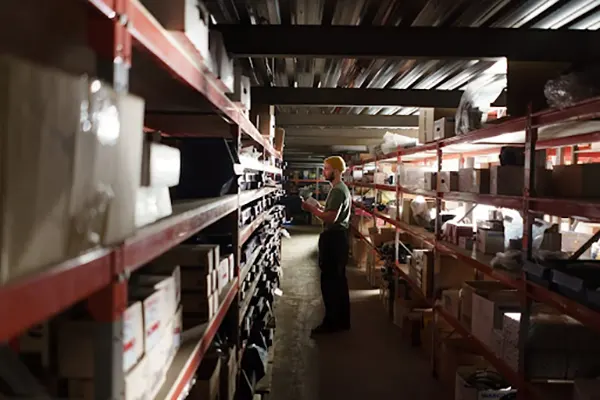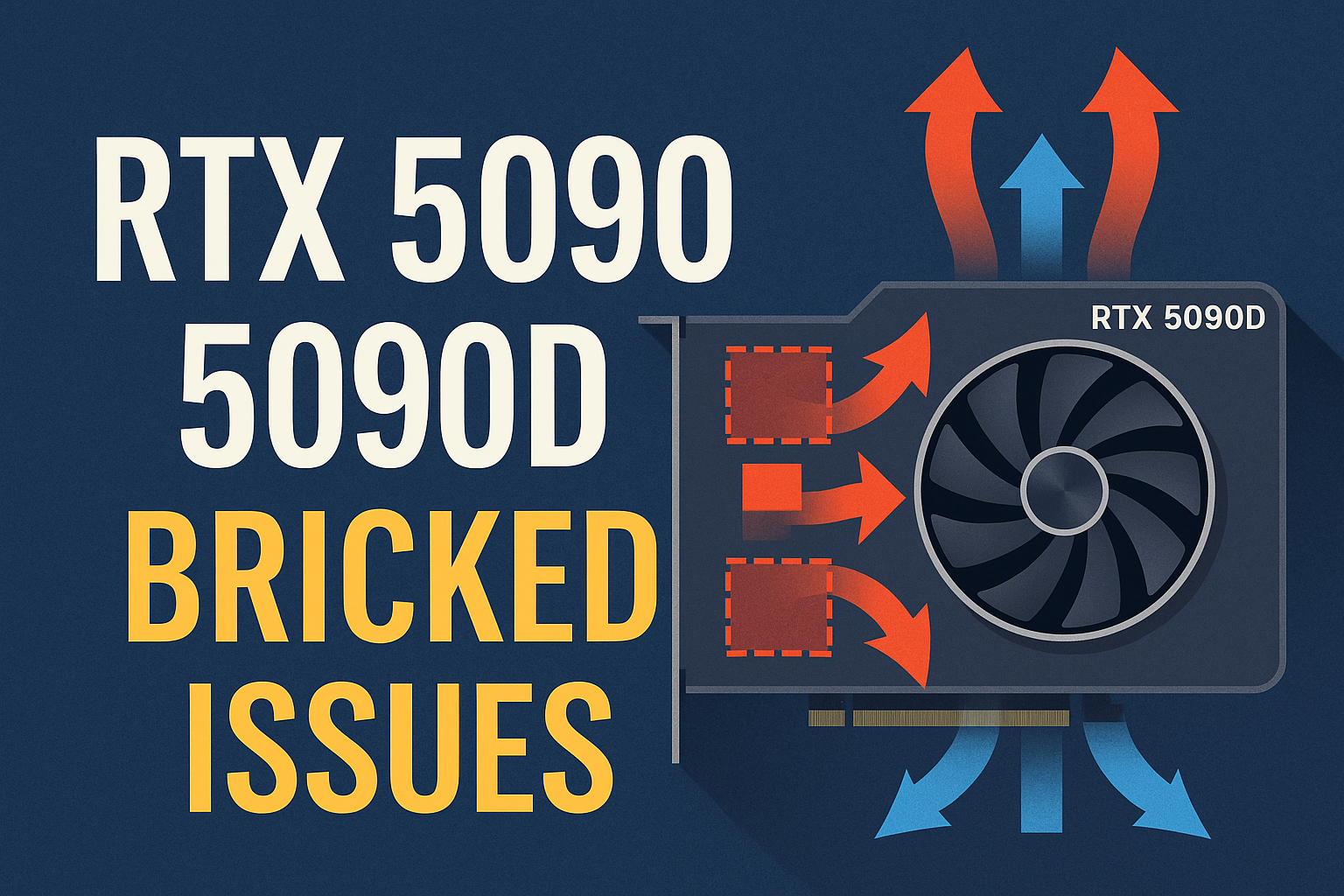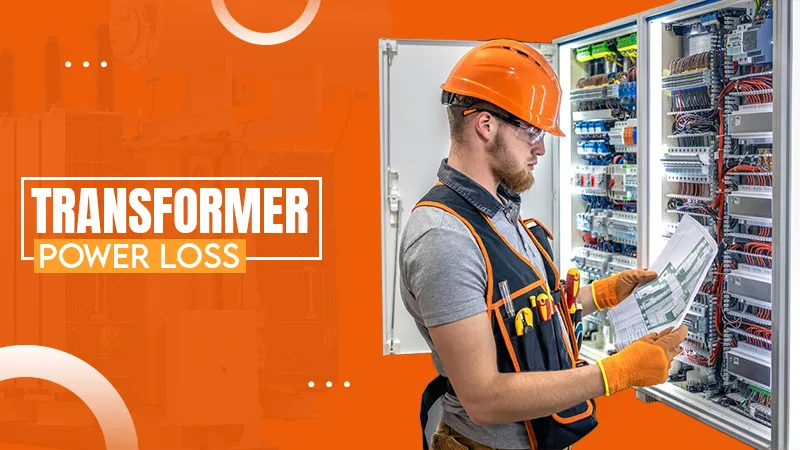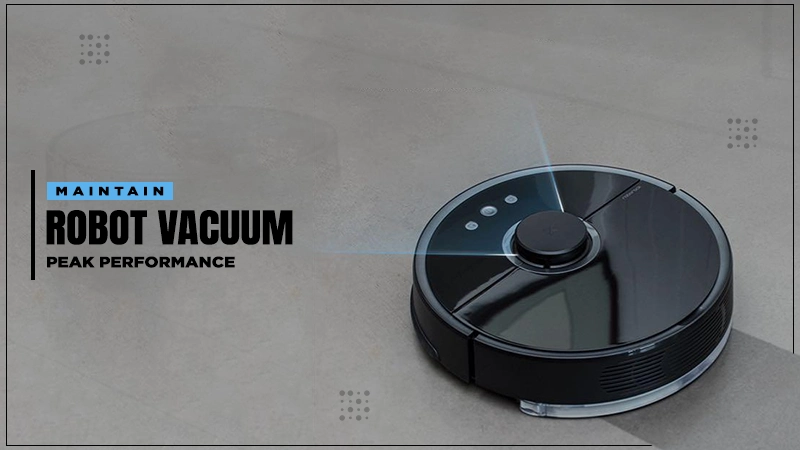
How do you think robots will completely revolutionize warehousing?
Perfect inventory accuracy is every warehouse manager’s dream.
When you know exactly where your inventory is at all times, you get:
- Improved operational efficiency
- Lower labor costs
But let’s be real about traditional inventory management…
It’s a nightmare.
Inventories tracked manually with paper or spreadsheets are plagued by human error.
Warehouse workers manually counting stock takes hours. It’s tedious work that leads to all kinds of mistakes and delays.
If you’re not automating your warehouse, you’re fighting a losing battle.
Warehouse robotics is changing the game, and the results speak for themselves.
In this article you will learn:
- Why Warehouse Robotics Matter for Inventory Control
- The Revolutionary Impact of Automated Systems
- 5 Game-Changing Robotic Technologies
- Real Results from Robotic Implementation
Why Warehouse Robotics Matter for Inventory Control
Warehouse robotics has so many benefits for inventory management. If you are not starting to look at robotic solutions yet, let’s look at three reasons why you should.
Eliminate Human Error
Inaccurate inventory tracking is a disaster waiting to happen.
Why? Because humans are not perfect.
No matter how careful or meticulous your employees are, mistakes are going to happen. Wrong data being keyed in, units getting miscounted, and inventory misplaced at the wrong shelf or location.
Here’s the truth of the matter:
62% of all inventory fulfillment failures result from human errors in manual processes. Add robotics into your warehouse operations and one of the biggest culprits of inventory errors gets eliminated.
Robots are consistent and precise. No more missed units because a worker was distracted or didn’t read the label clearly.
Slash Operating Costs
Robots should be seen as a long-term investment.
Think of it like this, the single biggest expense you have in your warehouse is labor.
In studies on labor cost as a percentage of warehouse operating costs, you consistently see the figure being between 50-70%. When you automate with intelligent warehouse automations and robotics solutions like Humro, you significantly lower your need for manual labor for mundane tasks.
But wait there’s more good news:
Warehouse robotics can offer you a labor cost reduction of 25-30% while improving accuracy and speed in the process. That is a win-win-win if we’ve ever seen one.
Scale Without Limits
Ever seen a traditional warehouse reach its capacity and how? More inventory means more staff, more errors, more workarounds, and much more stress and pressure on your team.
Robotic warehouse systems are not like that. They can scale to much higher volumes without your overhead needing to grow linearly.
Robots are tireless workers that operate 24/7 to handle increased loads while still maintaining high productivity and accuracy levels.
With 4 million commercial robots expected to be deployed in warehouses by 2025, you can scale your inventory operations like never before.
The Revolutionary Impact of Automated Systems
Warehouse robotics is not about replacing people. It’s about reimagining how inventory moves through your facility.
Old school inventory management methods go as follows:
- Workers manually count items
- Data gets inputted into a system (wrongly 90% of the time)
- Managers reconcile data to match actual stock
- Orders get delayed due to misplaced inventory
Automated robotic systems upend the entire process:
Advanced robots with sensors, cameras, and machine learning capabilities can track every single item, where products are located, how many units remain in stock and precisely when replenishments are required.
5 Game-Changing Robotic Technologies
There are a number of specific robotic technologies that are having the biggest impact on inventory management today.
Autonomous Mobile Robots (AMRs)
AMRs are the heavy lifers of the modern warehouse.
Intelligent robots that use state of the art sensors and mapping systems to move around a facility. They can transport inventory loads, retrieve items for order picking, and reorganize inventory layouts for greater efficiency.
Unlike automated guided vehicles that can only travel along predetermined paths, AMRs are able to adjust to changing conditions. If a pathway is blocked, they simply recalculate and find a new route.
Robotic Arms for Pick and Place Operations
Accuracy is the name of the game with inventory control.
Robotic arms fitted with advanced vision systems can see, identify, pick and place items with incredible speed and accuracy. Robots can grab items of various shapes, sizes, and weight classes while human workers are slowed by fatigue and repetitive motion injury.
Automated Storage and Retrieval Systems (ASRS)
Maximizing storage density is the holy grail of warehouse efficiency.
ASRS robots are designed to store and retrieve products in super dense storage systems. These systems use vertical space to maximum effect while still accurately tracking inventory levels.
ASRS robots are used to store items in a high density pattern that human workers could never access safely.
When an order is placed, the ASRS robot system retrieves the precise items within minutes.
Collaborative Robots (Cobots)
Automation doesn’t have to apply to all functions equally.
Cobots are a form of automated robots that are designed to work in partnership with humans. Robots take the manual labor and handling of physically demanding repetitive movements while humans focus on more complex cognitive tasks.
AI-Powered Inventory Tracking Systems
Robots are only as good as their intelligence.
AI systems powered by machine learning can track inventory patterns, forecast demand swings, and optimize storage locations based on actual demand data.
AI systems learn from each interaction and sale to better allocate stock for future demands.
Real Results from Robotic Implementation
Warehouse transformations with robots are not theoretical. Actual warehouses are right now seeing these results.
Amazon is at the forefront of this change.
The ecommerce giant deployed over 750,000 robots across their warehouse facilities in 2023 alone. Inventory management, order picking, and even automated package sorting are all handled with incredible efficiency by robots.
Other warehouses have seen similar impressive improvements:
Warehouse companies who implement warehouse robotics get 99% inventory accuracy as opposed to just 76% with old school manual processes. That is not an incremental improvement. That is a transformation.
Labor costs decrease an average of 3% a year while productivity increases by an average of 35% when robots take over the more physically demanding and repetitive tasks.
In fact, over 50,000 robotic warehouses will be operational around the world by the year 2025. The revolution is here.
Getting Started with Warehouse Robotics
If this has sparked your interest in automation, the first place to start is with the right strategy. You don’t have to automate everything in one fell swoop.
Look at your biggest pain points first. What inventory tasks are taking up the most time and resources with little value added?
You should start with these high volume repetitive tasks that will have the biggest initial impact when you start automating. As you get positive results and experience you can begin to expand automation further and further.
Wrapping It Up
Robotics is revolutionizing inventory management, and there is no turning back now.
From human error that causes 62% of all inventory issues being eliminated, to reduced labor costs of 25-30% to the potential of truly unlimited scalability. The benefits are hard to argue with.
The real question is not if robotics is going to change your industry. The real question is if you are going to be an early adopter or one of the laggards that get left behind.
To recap in a few short points:
- Robots help you eliminate the human error that causes 62% of inventory problems
- Automated systems lead to labor cost savings of 25-30%
- AI-powered robots give you real-time inventory tracking and optimization
- Over 4 million commercial robots will be in use in warehouses by 2025
- Warehouse companies who have adopted robotics report 99% inventory accuracy
This is not the inventory management revolution that will fade away. This revolution is only getting started. The warehouses that get these technologies in place now will be dominating their sectors tomorrow.










